Why the world needs to know about Bangladesh’s coastal people

Rafiqul Islam Montu is crafting stories on the dire effects of climate change in Bangladesh, urging action to address the urgent climate crisis.
Arshad Ali, a 60-year-old resident of Dhalchar, a coastal island in Bangladesh, pointed to the middle of the river where his grandfather's house once stood. There is absolutely no sign of the house now.
“From being a rich family, we are down to zero. Now we have nothing left,” he said, his tears choking his words.
Along the coast of Bangladesh, there are many stories similar to Ali’s, where families watch helplessly as the seas swallow their houses.
While staying in coastal villages writing these stories, I have witnessed people’s houses being blown away in storms. Where do they go when they no longer have the place they called home? I know families that keep moving from one riverine island to another to survive.
While ‘loss and damage’ dominated the talks at COP27, loss is a way of life for the people of coastal Bangladesh.

Climate-induced loss along coastal Bangladesh
Dhalchar is an island in Bhola district. In Dhalchar’s Salam Howladar market, what one sees are a few coconut trees swaying in the wind. But this market place used to be busy and the heart of Dhalchar once. Several other such markets have been lost as the coast keeps moving inland.
Coastal risks are increasing due to the impact of climate change. Bhadrapara village has become much smaller. Many villages have disappeared. Loss of homes and livelihoods is all too common now.
For those living in the villages adjoining the Sundarbans on the coast of Bangladesh, the only way to earn a living is to collect honey from the forest and catch crabs. Many men lose their life in the forest in human-animal conflicts involving tigers. When the earning male member of the family dies, the responsibility of running the family falls on the woman. These women are known as ‘tiger widows’.
There is a taboo attached to these tiger widows. There is a superstitious belief that a woman loses her husband because she is evil. These single women catch fish and crab for a living. One of them is Manjuara Begum, a tiger widow of Burigoalini village in Satkhira district on the southwest coast of Bangladesh.
“Since my husband's death I have been surviving by catching fish and crabs. Earlier I could manage my family well. But catching fish and crabs is not as profitable as before. I have to spend more time and effort. Still I catch less because the fish and crabs in the water are less than before. Moreover, there are government restrictions on catching them at different times of the year. It affects my income,’’ she said.
Often the women stop sending their children to school, to cut down on family expenses.
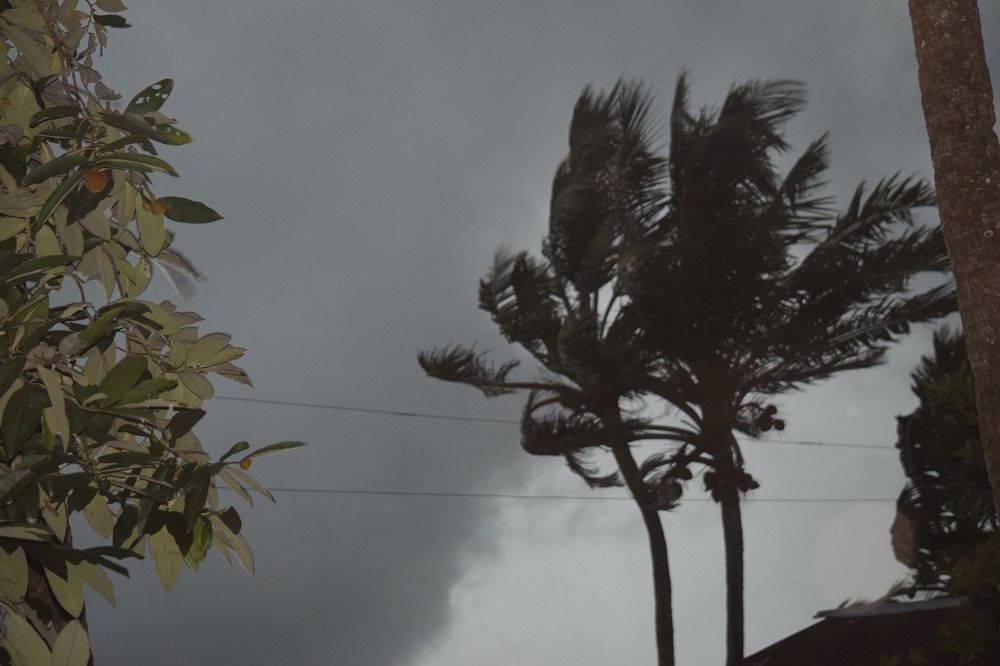
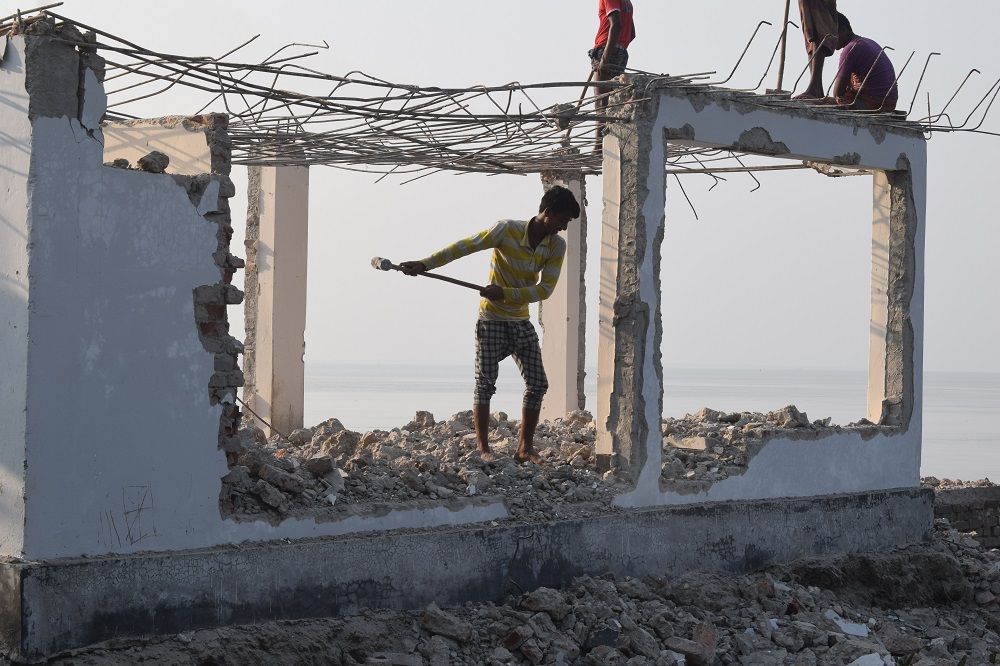
Salinity affects farming
Farming was common earlier. Not anymore as the ground water has become saline due to seawater intrusion.
Many villages in Koyra upazila (sub-district) of Khulna district on the southwest coast of Bangladesh have stopped cultivating paddy due to salinity.
The farmers said that the agricultural diversity of the area has also changed because of salinity. There are other reasons too, for increasing salinity.
“Every year during the monsoon, weak dams in the area break and salt water enters the farms. As a result, many people do not take the risk of planting crops,” said Shawkat Ali Dhali, 70, of Matiabhanga village in the same upazila.
Farmers find their traditional livelihood so unviable financially that they are switching to other work. Antihara in Koyra upazila is one such village, where farmers have been forced to change their occupation.
Rezwanul Karim, 42, a farmer in this village, is now into saltwater shrimp farming in his paddy field. “Due to salinity, rice cultivation has decreased in our area. Once labourers used to come from other areas to harvest paddy in our area. But now the people of this area are being forced to go to other areas as workers,’’ he said.
Changes in the sea affects fishers
The Jaldas are traditional fishermen, who have been fishing in the sea for generations. But the frequent cyclones caused by climate change are hampering their life and livelihood. In October 2022, Cyclone Sitrang washed away the homes of around 250 Jaldas families.
The fishing nets and boats of many families were swept away. As a result, they had to take loans to get new fishing gear and build houses.
“We take loans from moneylenders and go fishing in the sea. We pay this debt based on our catch. We had to take new loans after Cyclone Sitrang. Repeated natural calamities increase our debt,’’ said Joshna Rani Jaldas, living in Halishahar area of Chittagong.
But unlike farmers, affected fishers do not change their occupation, since fishing is the only livelihood they know.
The Jaldas families were displaced from various islands off the coast of Bangladesh about 30 years ago in the face of natural hazards and took shelter next to the Halishahar embankment. But they continue to face natural disasters many times, the last being Cyclone Sitrang.
Natural disasters are more than before according to Jasim Uddin, a fisherman. “There are frequent depressions. So we go into the sea only after listening to the weather forecast. Due to low pressure we cannot go fishing in the sea as per our convenience. Our working hours are reduced. As a result, the income decreases. It’s becoming very difficult to survive by catching fish,” he said.
In Dhalchar Island, 90% of the people depend on fishing. One of them is Nuruddin Majhi. Recounting the difficulties, Majhi said, “I’ve been fishing since my childhood. But now we have to go far into the ocean because there’s a lot of siltation near the shore and we don’t find any fish. We throw our net in the water, but we don’t get a catch like before. My income from fishing has decreased. Sometimes the waves are so huge that there have been instances of trawlers sinking.”
There are also manmade problems. In Chittagong's Sitakunda area, shipbreaking works pollute the waters near the shore. So the fishermen go deeper into the sea – all the while fearing for their lives from pirates.
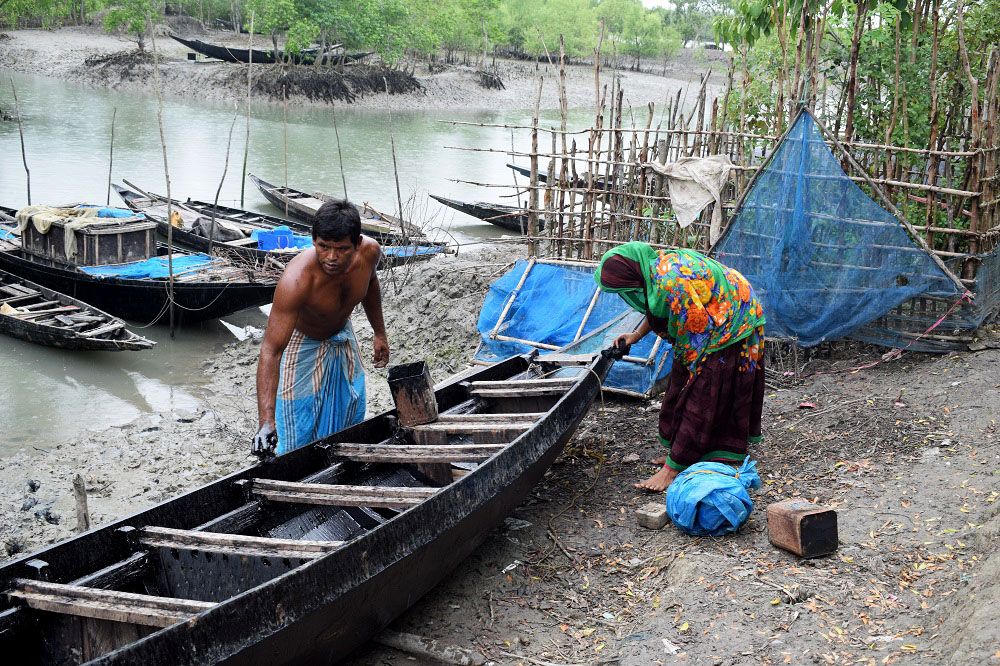
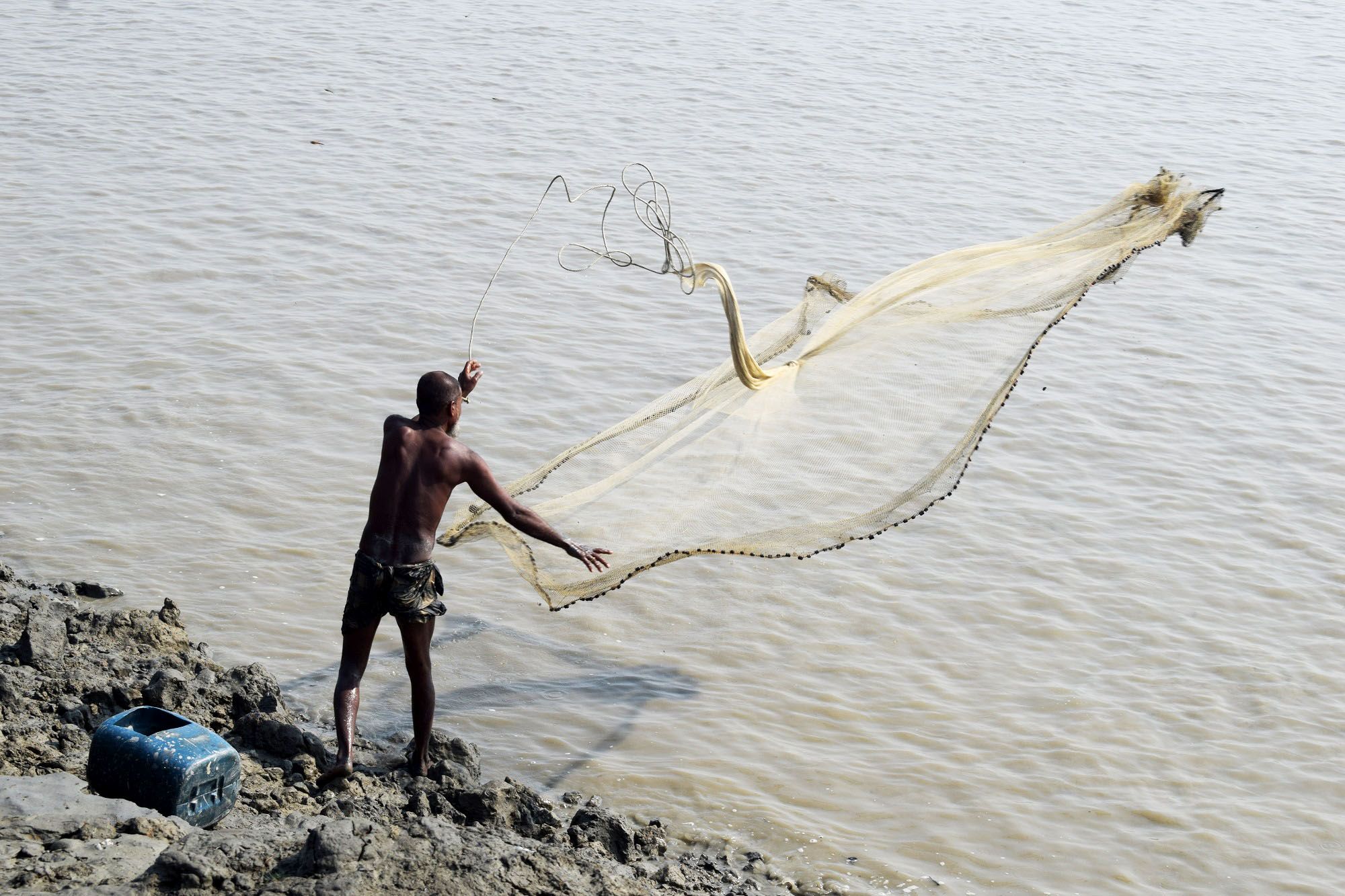
The need to tell the stories of coastal Bangladeshis
There are 19 districts in the coastal region of Bangladesh. In these districts, families living along the coast face hardships due to cyclones, storm surges and seawater intrusion.
Their hardships increase as the climate crisis intensifies. Unless their stories are told, the world will not wake up to tackle the climate crisis.
What drew me to coastal stories is my connection to the coast. I was born in a corner of the coast, in the small district of Barguna.
Like the other coastal districts, Barguna is also at high climate risk. I grew up watching the changes. I saw the river in my village dry up slowly. Even when I was young, many people were displaced in my district. Back then the number of displaced people was less, now it has increased a lot. Never before have so many people been in a climate crisis.
Whether it’s the Teknaf upazila of Cox's Bazar district in the east or Shyamnagar upazila of Satkhira district in the west, it’s almost the same in every coastal district.
By telling their stories, the hardships the coastal people face because of climate change are brought to the attention of the government – which in turn tries to implement solutions.

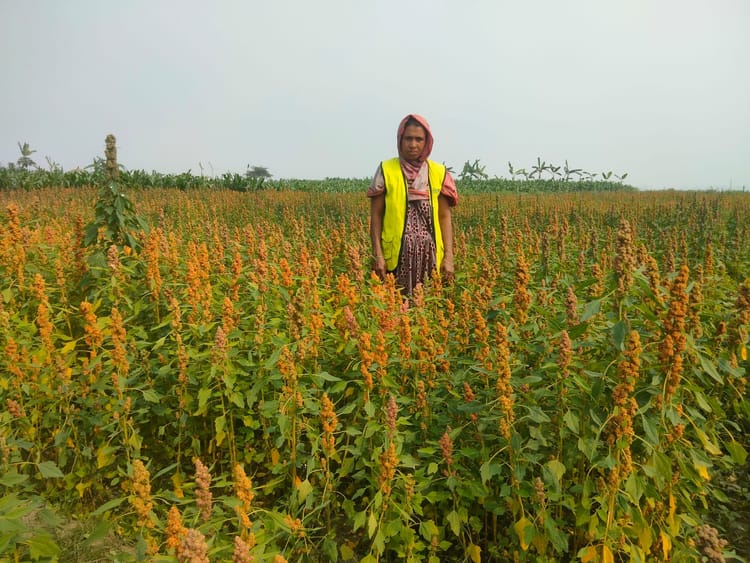
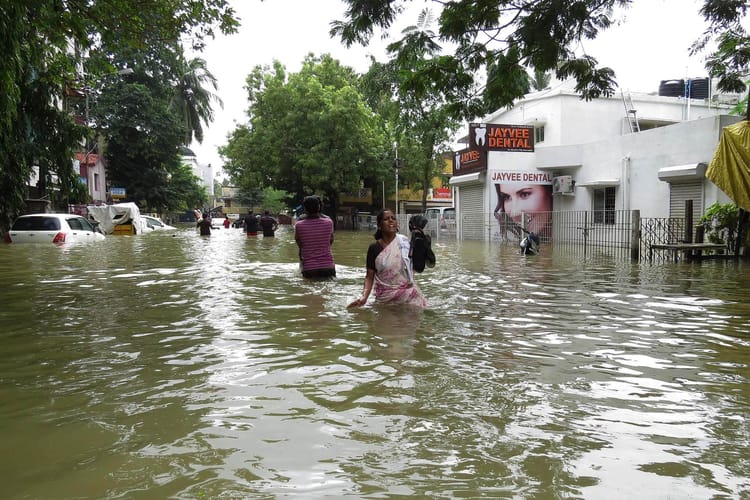



Member discussion